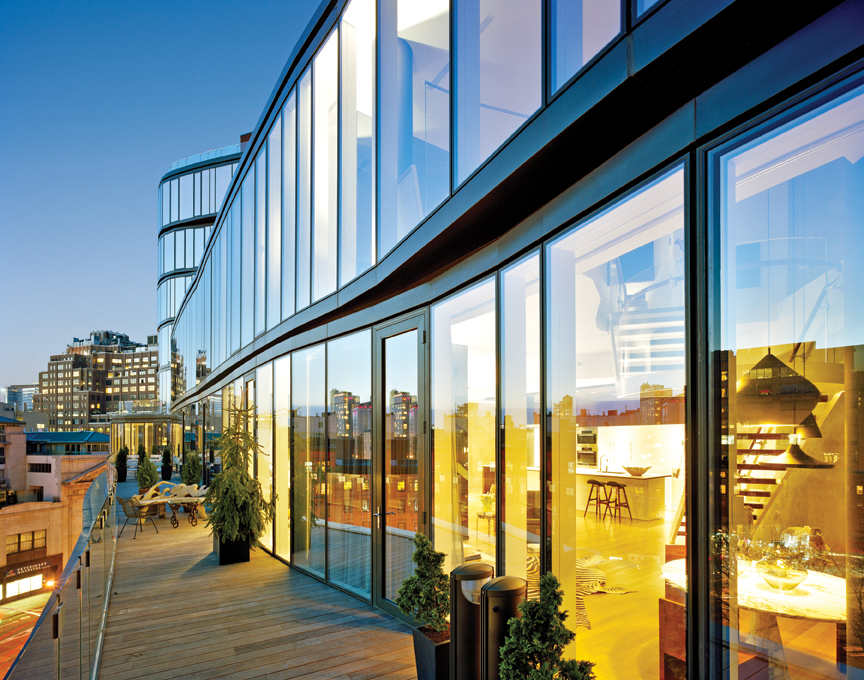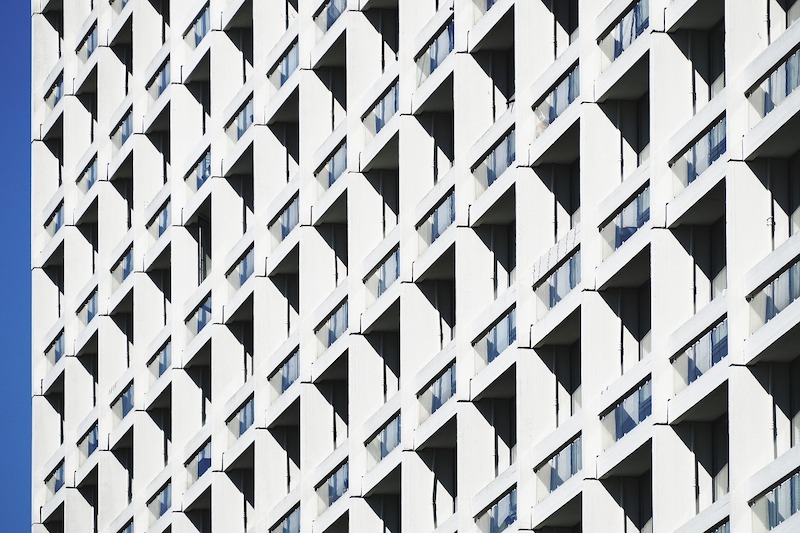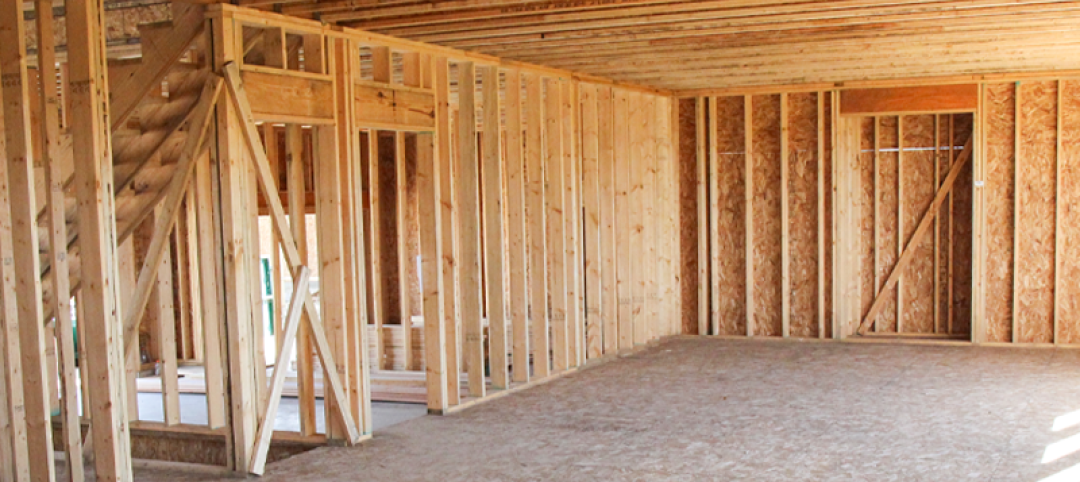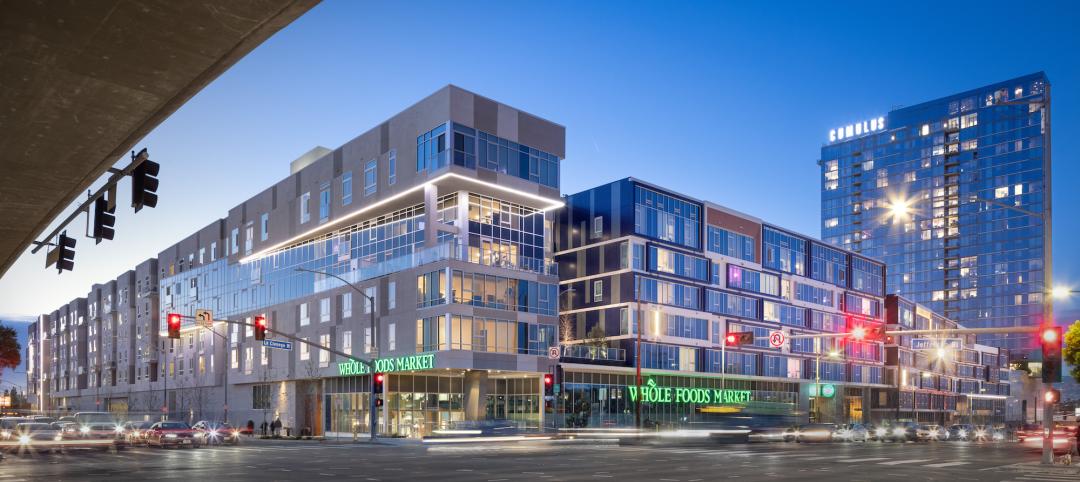After more than nine consecutive years of steady growth, proposal activity in the U.S. Multifamily Housing market flattened in the 1st Quarter amid the COVID-19 crisis. The Quarterly Market Forecast (QMF) survey of architecture, engineering and construction (A/E/C) firms reported the first negative result for Multifamily since the 3rd Quarter of 2010.
Multifamily has consistently been one of the strongest performers among 58 submarkets measured in PSMJ Resources’ quarterly survey. This includes the 4th Quarter of 2019 when Multifamily’s Net Plus/Minus Index (NPMI) of 54% was the highest among all submarkets. Its NPMI slid to -2% in the 1st Quarter of 2020, as the percentage of respondents reporting a quarter-to-quarter decrease in proposal activity climbed from 4% to 31%.
PSMJ’s NPMI expresses the difference between the percentage of firms reporting an increase in proposal activity and those reporting a decrease over the three-month period. A consistent group of over 300 A/E/C firm leaders participate regularly, with 288 contributing to the most recent survey. It was conducted from March 24-30.

Despite the drop into the negative, Multifamily held up far better than three other Housing submarkets – Single-Family Properties (-31%), Single-Family Developments (-28%) and Condominiums (-28%) were among the 12 poorest-performing submarkets in the 1st Quarter.
Prior to this crisis, the consensus among industry economists and experts was that Multifamily would stay strong in 2020, albeit with some challenges to face. National vacancy rates were creeping up and much of the supply deficit had been filled. Nonetheless, significant amounts of investment money remained available and demand persisted in varying levels regionally. The fact that Multifamily proposal activity wasn’t as negatively impacted in the 1st Quarter as other Housing submarkets were, even with the COVID-19 crisis beginning to affect the market in March, suggests that it could recover comparatively quickly and seamlessly when and where restrictions are eased.
PSMJ Senior Principal David Burstein, P.E., AECPM, said he expects all housing markets to rebound after the health crisis passes and the record-low interest rates endure. “Pent up demand should make its presence felt by the end of the 3rd Quarter, and even more so in the 4th Quarter, especially if we see movement on an infrastructure bill.”
Multifamily’s performance in the QMF reinforces how consistently lucrative the sector has been for nearly a decade. After recording an NPMI of -5% in the 3rd Quarter of 2010, the Multifamily submarket experienced four consecutive quarters with a respectable NPMI between 20% and 26%. It jumped to a healthy 44% in the 4th Quarter of 2012 and remained at or above 42% for the next 28 quarters, all the way through 2019.
For the 4th Quarter of 2019, 58% of respondents said that proposal opportunities had increased in the Multifamily market, with only 4% reporting a decrease. For the 1st Quarter of 2020, increases were halved to 29%, compared with 31% that saw a drop in proposal activity.
Consulting and publishing firm PSMJ Resources, Inc., has been conducting the QMF survey each quarter since 2003. You can find more information at https://www.psmj.com/surveys/quarterly-market-forecast-2.
Related Stories
Multifamily Housing | Jul 25, 2023
San Francisco seeks proposals for adaptive reuse of underutilized downtown office buildings
The City of San Francisco released a Request For Interest to identify office building conversions that city officials could help expedite with zoning changes, regulatory measures, and financial incentives.
Sponsored | Multifamily Housing | Jul 20, 2023
Fire-Rated Systems in Light-Frame Wood Construction
Find guidance on designing and building some of the most cost-effective, code-compliant fire-rated construction systems.
Multifamily Housing | Jul 13, 2023
Walkable neighborhoods encourage stronger sense of community
Adults who live in walkable neighborhoods are more likely to interact with their neighbors and have a stronger sense of community than people who live in car-dependent communities, according to a report by the Herbert Wertheim School of Public Health and Human Longevity Science at University of California San Diego.
Affordable Housing | Jul 12, 2023
Navigating homelessness with modular building solutions
San Francisco-based architect Chuck Bloszies, FAIA, SE, LEED AP, discusses his firm's designs for Navigation Centers, temporary housing for the homeless in northern California.
Sponsored | Fire and Life Safety | Jul 12, 2023
Fire safety considerations for cantilevered buildings [AIA course]
Bold cantilevered designs are prevalent today, as developers and architects strive to maximize space, views, and natural light in buildings. Cantilevered structures, however, present a host of challenges for building teams, according to José R. Rivera, PE, Associate Principal and Director of Plumbing and Fire Protection with Lilker.
Mass Timber | Jul 11, 2023
5 solutions to acoustic issues in mass timber buildings
For all its advantages, mass timber also has a less-heralded quality: its acoustic challenges. Exposed wood ceilings and floors have led to issues with excessive noise. Mass timber experts offer practical solutions to the top five acoustic issues in mass timber buildings.
Multifamily Housing | Jul 11, 2023
Converting downtown office into multifamily residential: Let’s stop and think about this
Is the office-to-residential conversion really what’s best for our downtowns from a cultural, urban, economic perspective? Or is this silver bullet really a poison pill?
Adaptive Reuse | Jul 10, 2023
California updates building code for adaptive reuse of office, retail structures for housing
The California Building Standards Commission recently voted to make it easier to convert commercial properties to residential use. The commission adopted provisions of the International Existing Building Code (IEBC) that allow developers more flexibility for adaptive reuse of retail and office structures.
Mixed-Use | Jun 29, 2023
Massive work-live-play development opens in LA's new Cumulus District
VOX at Cumulus, a 14-acre work-live-play development in Los Angeles, offers 910 housing units and 100,000 sf of retail space anchored by a Whole Foods outlet. VOX, one of the largest mixed-use communities to open in the Los Angeles area, features apartments and townhomes with more than one dozen floorplans.

















